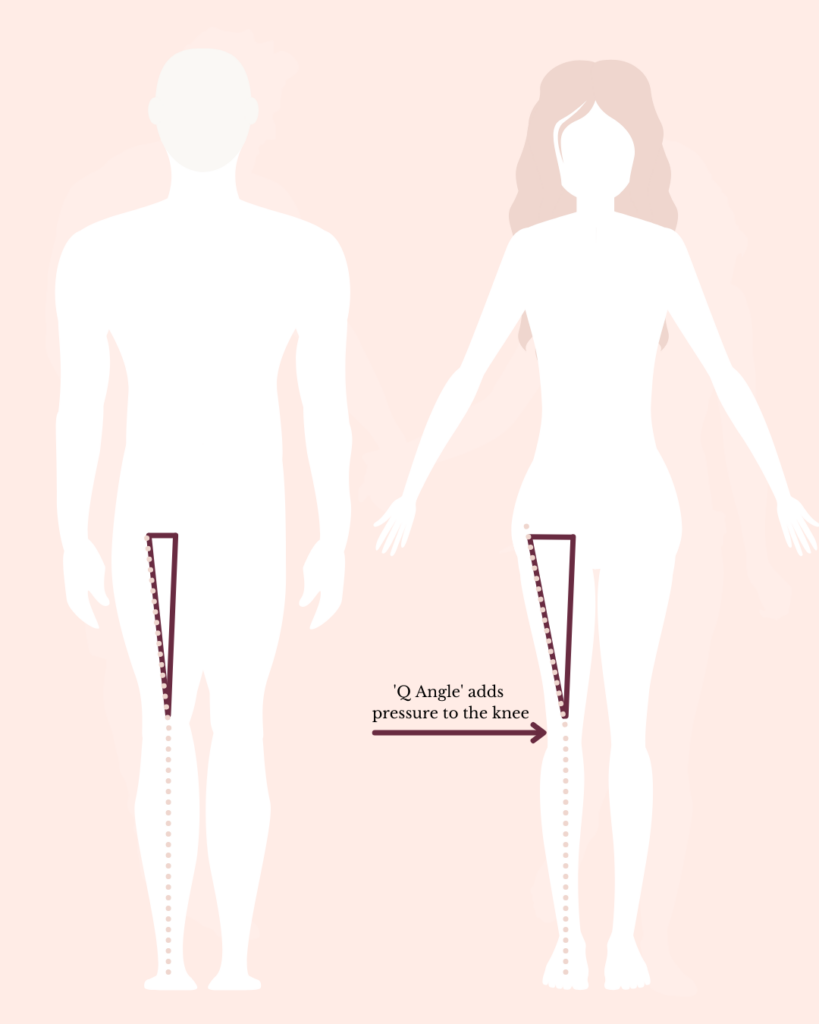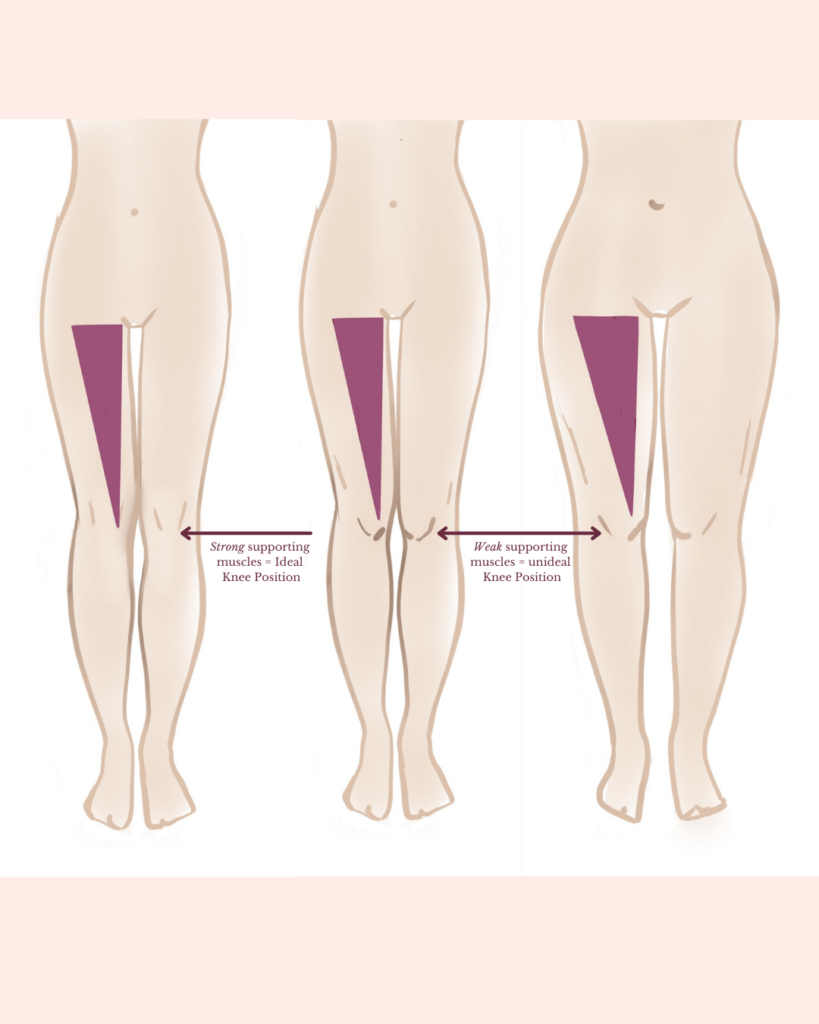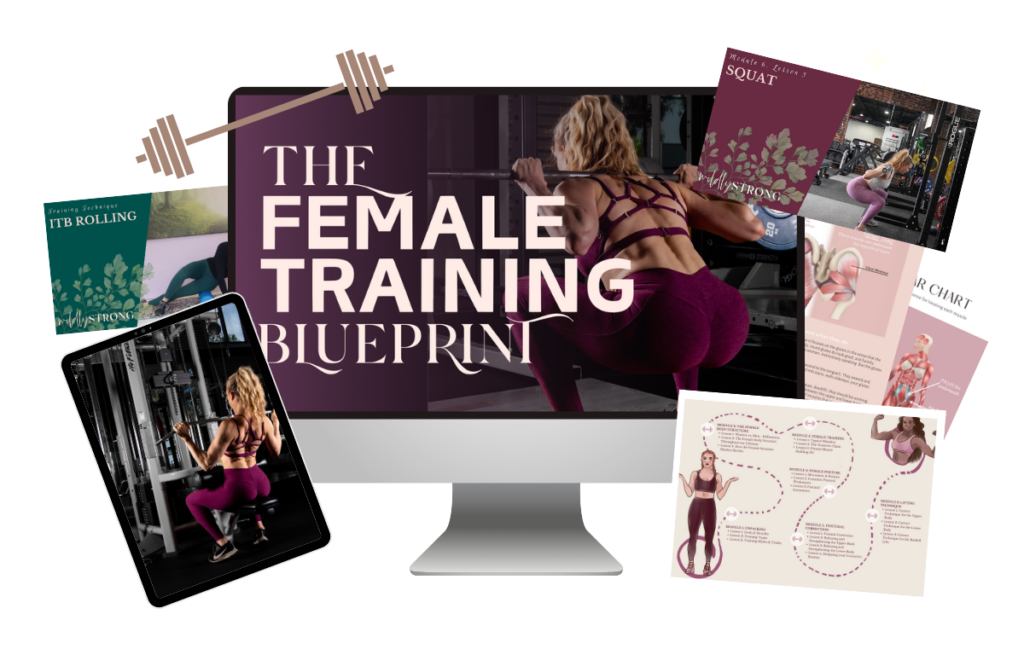Unlock great health with my FREE video series
Freebie alert: The coolest freebie around
Blog Categories
A podcast where you join me (Jen!) as I chat to fellow health-warriors weekly.
COMING SOON
Beyond the Shadows Podacst
I am on a mission to educate, inspire women to overcome health challenges (even if it seems impossible!) and step into the life of their dreams
Hey, I'm Jen
How to Dramatically Reduce Injury Risk in Sports
Filed under:
It’s pretty common for my new clients to be harnessing multiple injuries when they start training with me – hamstring tears, ACL or knee cartilage tears, ankle issues, hip/lower back, or shoulder injuries. In this post I’ll share with you how to dramatically reduce injury risk in sports, and in the gym.
It’s a simple solution – correcting posture – but it’s often overlooked.
In the 20+ years I have been training women, I have never injured anyone. This is because I take a preventative approach; one that requires my clients to be patient, but which ensures they are able to achieve success in the gym or sport in the long term.
Maybe it is because the industry is dominated by men who are naturally built more effectively for physical activity, and maybe it’s women’s fault for assuming we are the same as men, when we are not. All I know is, I had the worst posture of all time when I joined the gym, and it wasn’t until I understood (and corrected) it 10 years later, that I finally started to see results.
In this post, I am about to share how posture can increase your risk of injury, and why.
I’ll get straight to the point – the issue is in our hips, and the female form in general – which I hate to tell you, is not particularly built to withstand high volumes of modern-day exercise.
Reduce Injury Risk by Understanding Women’s Bodies
As women go through puberty, our body shape changes. Hips widen, we develop breasts. These changes weaken the glutes and abdominals, and many of us end up with a bit of a ‘duck butt’ situation, where our pelvis tilts forwards in order to compensate for this change.
Weakness in supporting muscles means little support is available for the joints – specifically, the hips, knee and ankle joints.
When we talk about our hip angle, it’s referred to as the ‘Q angle’ (and you’ll see in the image below, it’s much wider than it is in men). Muscle weakness in the abs and glutes can then lead to the thigh bone rotating inwards.
When this happens, the glutes are actually unable to support the body as they are destined to, and the knee, ankle and hamstring muscles are much more vulnerable to injury.

You may know someone who needs arch support, or who had a knee tear. You may have seen the netball players’ ankles taped up to prevent injury whilst they play. You yourself may get sore knees when you run, or a sore neck at work. Your shoulders might feel tight and your lower back hurts when you hang out in the garden too long. These are all symptoms of muscle weakness or imbalance, and when you go all out and exercise on top of this dysfunction, injury eventually comes.

When you’re injured, it can be very depressing and demotivating, especially if it’s a lower back or knee injury, or if that injury blocks you from doing what you love.
To lower the chance of injury, you need to increase the strength in the muscles that are weakened by the female form, before you get to the running, jumping, and heavy lifting.
The whole point of exercise is to increase health, strength, confidence, stamina and self-esteem. Without sounding like I am targeting you and your femininity, know that I learned this the hard way, and after training hundreds of women.
If your postural weakness aren’t corrected, the results just don’t come, because you become injured way too often (and you also don’t get strong).
STRENGTH TRAINING FOR WOMEN
If you want to learn more about this, and correct your own posture whilst ensuring you maximise your success in the gym, check out my Female Training course! It’s packed with information about women, our bodies, and how to strengthen them in the most optimal way to ensure continued success in the gym!

I hope this article has been supportive in your quest for amazing strength
Jen x